Hi there, pet lovers! 🐟
For reptile and fish enthusiasts looking for a truly unique pet, the African Lungfish (Protopterus annectens) stands out as one of nature’s most fascinating creatures. Known for its prehistoric appearance, incredible survival adaptations, and almost amphibian-like behavior, this “wizard fish” is unlike any other aquatic pet.
But is the African Lungfish the right choice for you? In this detailed review, we’ll explore everything from their behavior and care requirements to costs and availability, helping you decide if this ancient marvel belongs in your home.
Overview
The African Lungfish is a hardy, long-lived, and highly adaptable fish native to freshwater habitats in Africa. Famous for its ability to survive out of water for years by encasing itself in a mucus cocoon, this species is a living relic from the Devonian period. Here’s a quick summary of what makes them special:
- Handling and Temperament: Can be handled but should be kept to a minimum; known for a strong bite.
- Care and Maintenance: Requires a large, well-maintained aquarium with specific water conditions.
- Health and Durability: Extremely hardy in the wild but sensitive to poor water quality in captivity.
- Availability: Mostly wild-caught but can be found through specialty breeders and expos.
- Cost: Moderate to high due to tank setup expenses, but the fish itself is reasonably priced.
- Overall: A low-maintenance but space-demanding pet best suited for experienced aquarists.
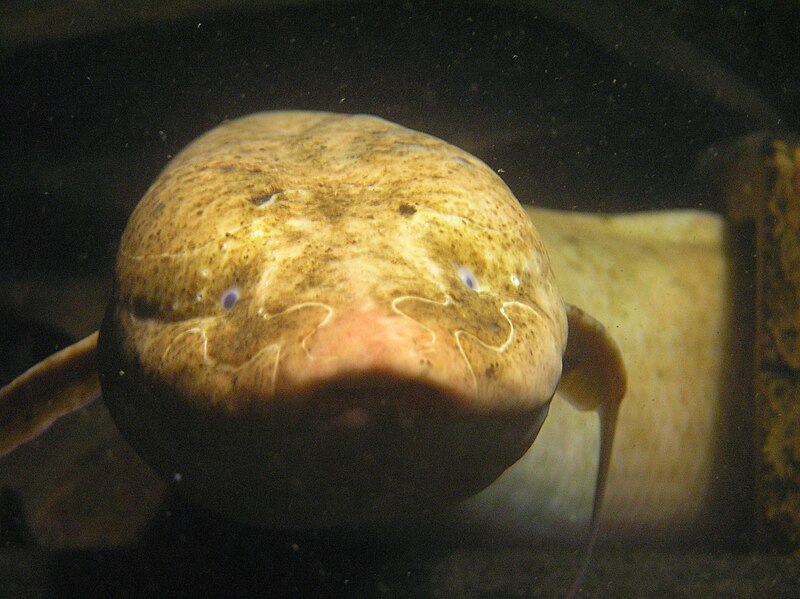
Why Choose an African Lungfish?
The African Lungfish is not your typical aquarium fish. It’s a living fossil, a master of survival, and an unusually interactive pet for those who appreciate bizarre biology. Here’s why it might be the right (or wrong) choice for you:
✅ Fascinating Adaptations – Can survive droughts by burrowing into mud and entering a dormant state (estivation).
✅ Long Lifespan – Lives 20+ years with proper care.
✅ Interactive – Recognizes owners and can be fed by hand (though caution is advised).
❌ Not for Beginners – Requires a massive tank (100+ gallons) and stable water conditions.
❌ Wild-Caught Specimens – Most are imported, raising ethical and acclimation concerns.
Handling and Temperament
Can You Handle an African Lungfish?
Unlike most fish, the African Lungfish can tolerate brief handling—but it’s not recommended for frequent interaction. Here’s what to expect:
- Breathes Air – Unlike gill-dependent fish, lungfish have functional lungs and must surface to breathe.
- Strong Bite – Their jaws are powerful, and they will bite if provoked (think of a snapping turtle’s strength).
- Slippery & Mucus-Covered – Difficult to hold, and their skin is sensitive to oils and chemicals from human hands.
Behavioral Traits
- Curious but Slow-Moving – They explore their environment methodically.
- Opportunistic Feeders – Will eat anything from pellets to small fish.
- Escape Artists – Known to crawl out of tanks if the lid isn’t secure.
Handling Tips
✔ Use wet hands to avoid damaging their mucus layer.
✔ Avoid handling unless necessary (e.g., tank maintenance).
✔ Never hand-feed without tongs—their bite is no joke!
Care and Maintenance
Tank Setup
African Lungfish need a lot of space and a carefully designed habitat:
- Tank Size: Minimum 100 gallons for an adult (bigger is better).
- Substrate: Fine sand or soft mud (they love to burrow).
- Decor: Driftwood, smooth rocks, and hiding spots (they’re nocturnal).
- Lid: Essential—they will try to escape.
Water Conditions
- Temperature: 75–82°F (24–28°C).
- pH: 6.5–7.5 (slightly acidic to neutral).
- Filtration: Strong but gentle flow (canister filters work best).
- Humidity: If the tank has an open top, ensure high humidity to prevent drying.
Feeding
African Lungfish are not picky eaters:
- Staple Diet: High-quality sinking pellets, algae wafers, and protein-rich foods (shrimp, mussels, worms).
- Live/Frozen Food: Occasional treats like bloodworms or small fish.
- Feeding Frequency: Every 2–3 days (they have slow metabolisms).
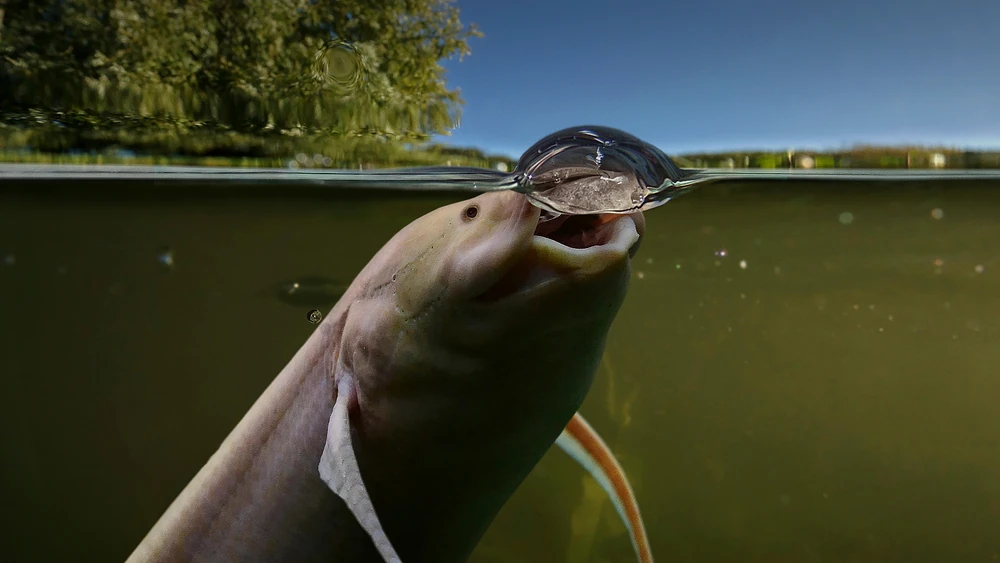
Health and Durability
Common Health Issues
Despite their wild resilience, lungfish can suffer from:
- Poor Water Quality → Leads to bacterial/fungal infections.
- Obesity → Overfeeding causes fatty liver disease.
- Tail & Fin Damage → Rough substrate or tankmates can injure them.
Preventative Care
✔ Weekly water changes (10–20%).
✔ Avoid overfeeding (they store fat efficiently).
✔ Quarantine new tankmates (they may eat small fish).
Lifespan
With proper care, African Lungfish can live 20+ years, making them a long-term commitment.
Availability and Cost
Where to Buy
- Specialty Breeders (rare but best for healthy specimens).
- Reptile/Fish Expos (often sold by exotic vendors).
- Online Retailers (ensure ethical sourcing).
Cost Breakdown
- Fish: $50 to $200 (depending on size and rarity).
- Tank Setup: $500 to $1,000+ (100+ gallon tank, filtration, heater, decor).
- Ongoing Costs: Food, water conditioners, electricity.
Pros and Cons
Pros
✔ Unbelievably hardy (can survive extreme conditions).
✔ Low activity = low maintenance (compared to active fish).
✔ Fascinating to observe (unique behaviors like estivation).
Cons
❌ Requires a massive tank (not apartment-friendly).
❌ Most are wild-caught (acclimation risks).
❌ Strong bite (not a hands-on pet).

Final Thoughts
The African Lungfish is a jaw-dropping pet for the right keeper—someone with space, patience, and a love for evolutionary oddities. While not as interactive as a reptile, its survival skills and prehistoric charm make it a living piece of natural history.
If you’re ready for the challenge, this ancient fish will reward you with decades of intriguing behavior. But if you prefer a more hands-on underwater pet, an Axolotl might be a better fit.
Interested in other unusual pets? Check out our reviews on Salamanders or Arowanas for more aquatic oddities!
Would you keep an African Lungfish? Share your thoughts in the comments! 🐟🔥

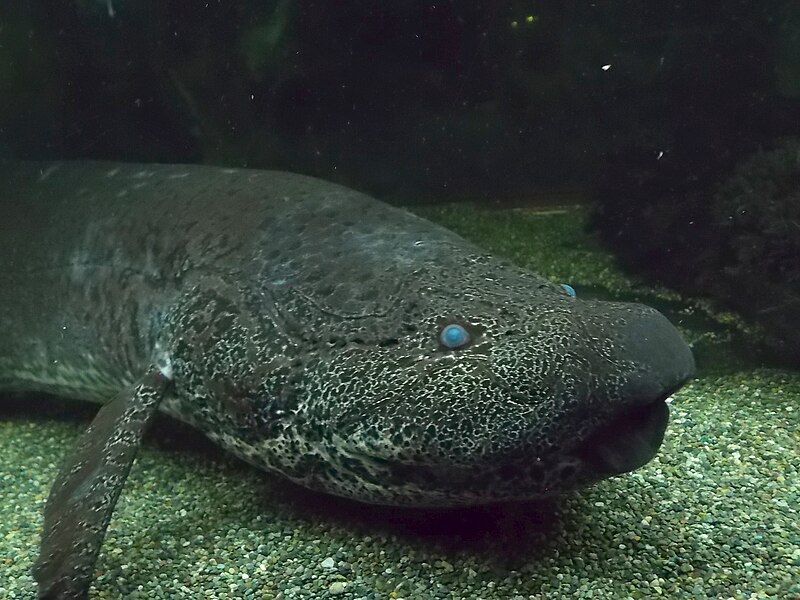

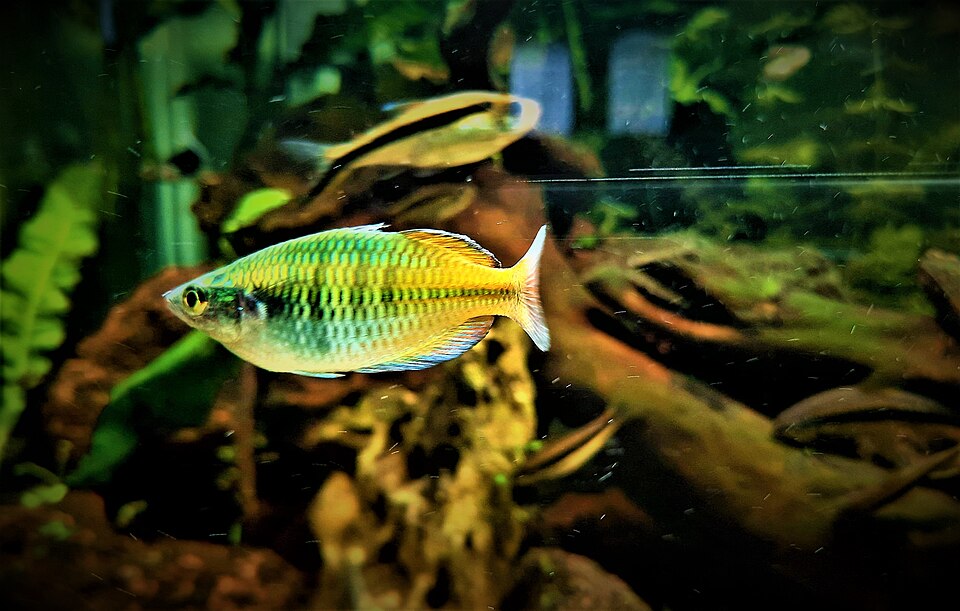
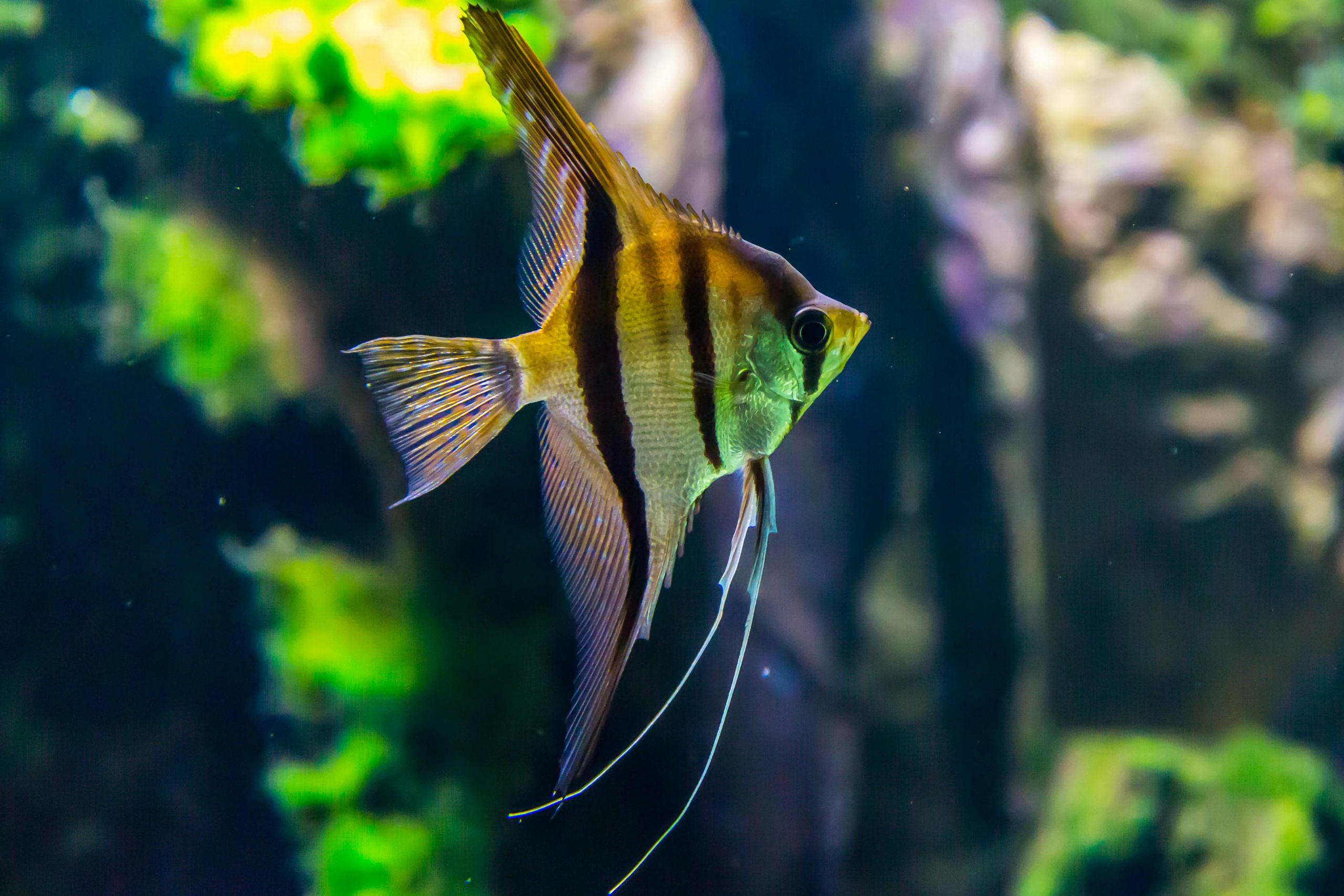
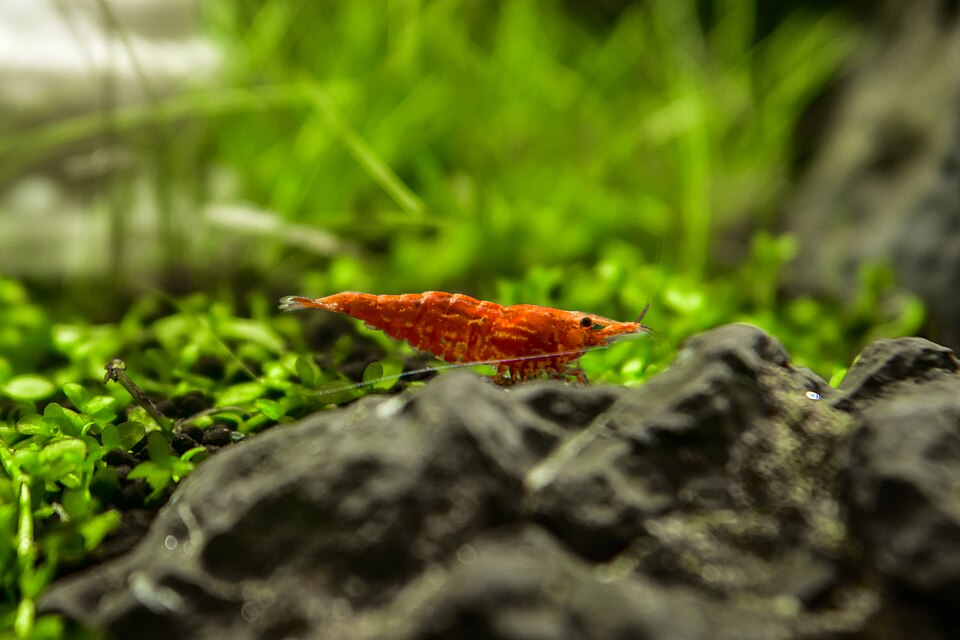

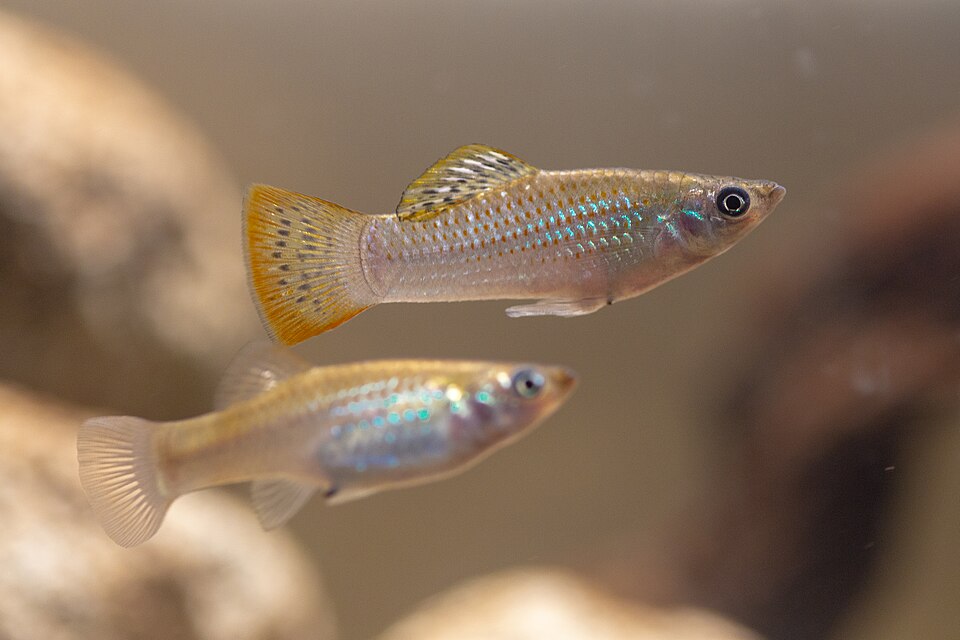
Leave a Reply